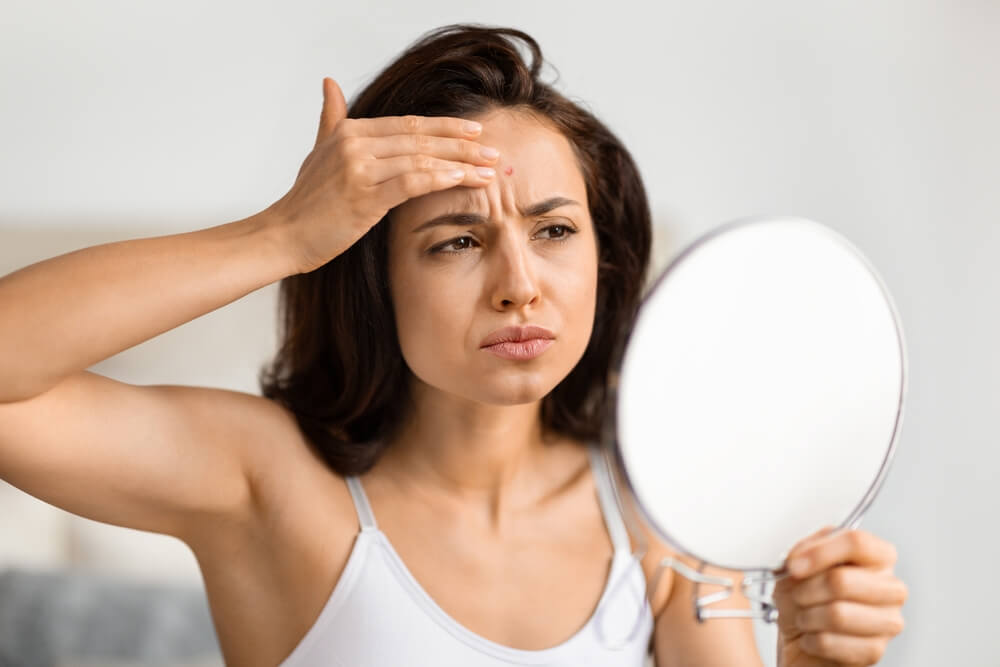Published:
Worried about bacteria on your skin? You’re not alone. ‘Bacteria’ is a term that has quite negative connotations. Acne breakouts, inflammation, skin infections, and more are all caused by bacteria, making it hardly surprising that so many people assume that a bacteria-free face is a must for healthy skin.
Unfortunately, this misconception could actually end up causing more harm than good for your skin. Yes, some bacteria are bad, but it’s important not to forget that there are plenty of good skin bacteria too. Killing all of the bacteria on your face means that you’ll be getting rid of the good along with the bad, which will then cause a number of problems for your skin.
Wondering how to strike a healthy balance between the two? Keep reading as VouPre explains how to get rid of harmful skin bacteria while allowing those beneficial bacterial strains to thrive.
Skin Bacteria: Good vs. Bad
Did you know that the skin has its own microbiome? Just like the gut, the skin microbiome is a complex ecosystem made up of various microorganisms, including bacteria. The more diverse those bacterial strains are, the healthier and more resilient your skin will be.
What exactly does this microbiome do? It plays an integral role in many of your skin’s functions, such as:
- Good skin bacteria work to stop harmful bacteria from taking over.
- The skin microbiome helps to regulate skin pH.
- The skin has its own immune system, which is supported by the skin microbiome.
- Skin barrier function is largely maintained by the skin microbiome.
What Happens If You Kill All of the Bacteria on Your Skin?
Between antibacterial cleansers and aggressive exfoliators, it’s surprisingly easy to kill a large amount of the bacteria on your face. Many think that doing so will spell the end of their skin problems. However, in reality, removing all of that bacteria and interfering with the balance of your skin microbiome in such a significant way will have a detrimental impact on your complexion.
Let’s take a closer look at some of the issues that you could experience if you wipe out all of the bacteria on your skin:
- Redness and inflammation – this occurs when there isn’t enough good skin bacteria, allowing the harmful variants to dominate.
- Acne breakouts – an imbalanced microbiome provides the perfect environment for acne-causing bacteria to thrive.
- Sensitivities – due to how your skin barrier will be compromised from a lack of good bacteria, it won’t be able to keep external irritants away. Your skin will suddenly become much more sensitive to stimuli that it previously happily tolerated.
- Dryness and flakiness – when the skin microbiome is disrupted, it interferes with the production of oils and lipids. This can leave the skin dry, flaky, and rough.
- Infections – these will become much more prevalent when your skin microbiome/barrier is compromised.
- Premature aging – when skin bacteria are out of balance, skin cells aren’t able to function in an optimal way. This can accelerate the onset of skin aging.
Encouraging Beneficial Skin Bacteria to Thrive
Rather than killing all bacteria on your skin, the key to achieving a healthy complexion is to encourage beneficial bacteria to thrive. Allowing good bacteria to proliferate means that there won’t be as much room on your skin for bad bacteria. Harmful bacteria will end up crowded out, giving your skin microbiome a boost.
How do you go about doing this? Here are some tips to keep in mind:
Be Gentle When Cleansing
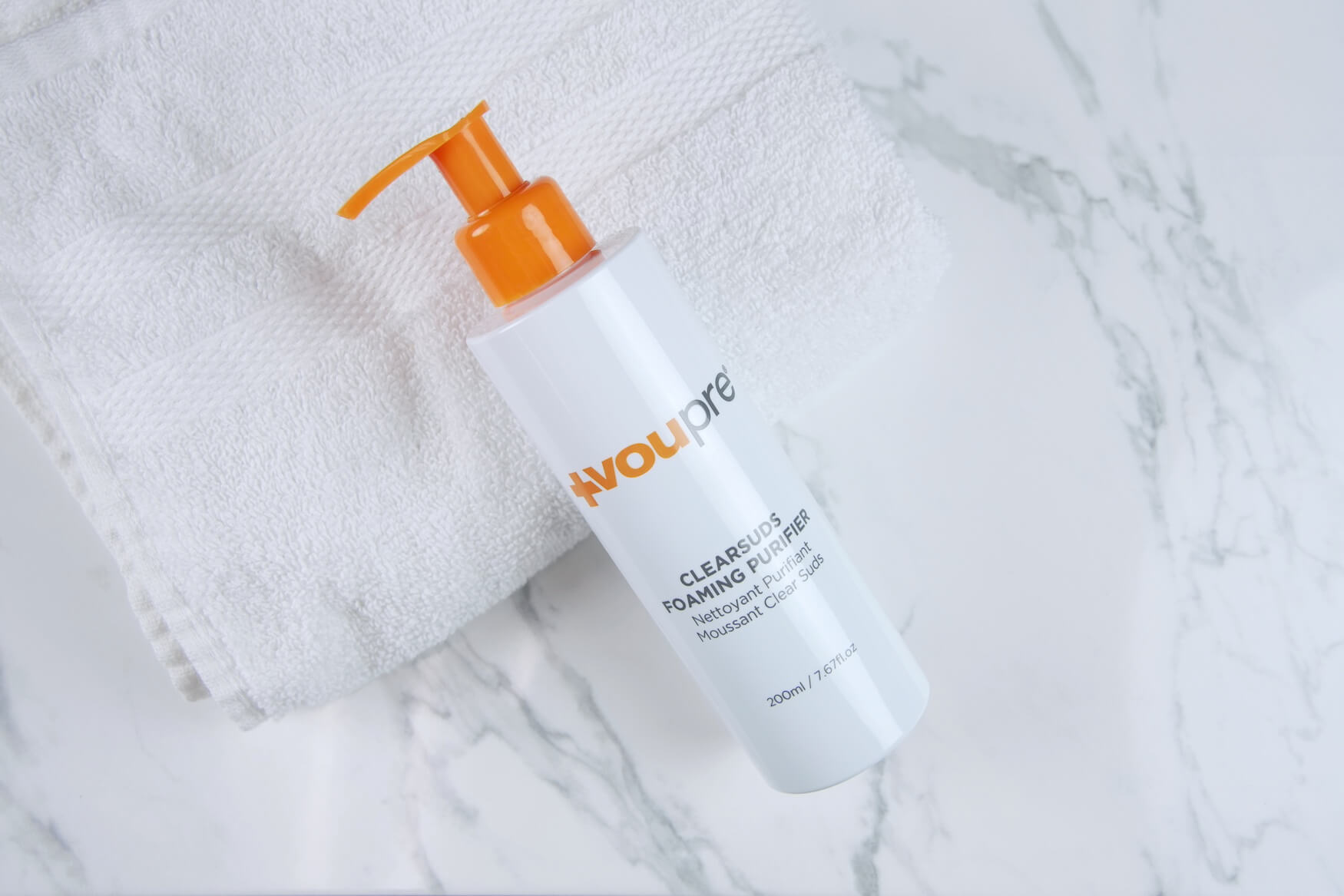
Many cleansers promise to efficiently remove bacteria from the skin with powerful cleansing agents, yet they aren’t able to differentiate between the good and the bad. This is why it’s always best to go with a gentle cleanser that won’t interfere with your skin microbiome balance too much. While this may mean that you don’t remove as much bad bacteria, it also means that beneficial bacteria will stick around, and this will naturally suppress the effects of any harmful bacteria.
As always, pick a cleanser that’s suitable for your skin type. Oily skin tends to do best with a foaming cleanser, like the VouPre ClearSuds Foaming Purifier, while dry and sensitive skin types are better suited to moisturizing cleansers, such as the VouPre Radiance Facial Cleanser.
Don’t Over-Exfoliate
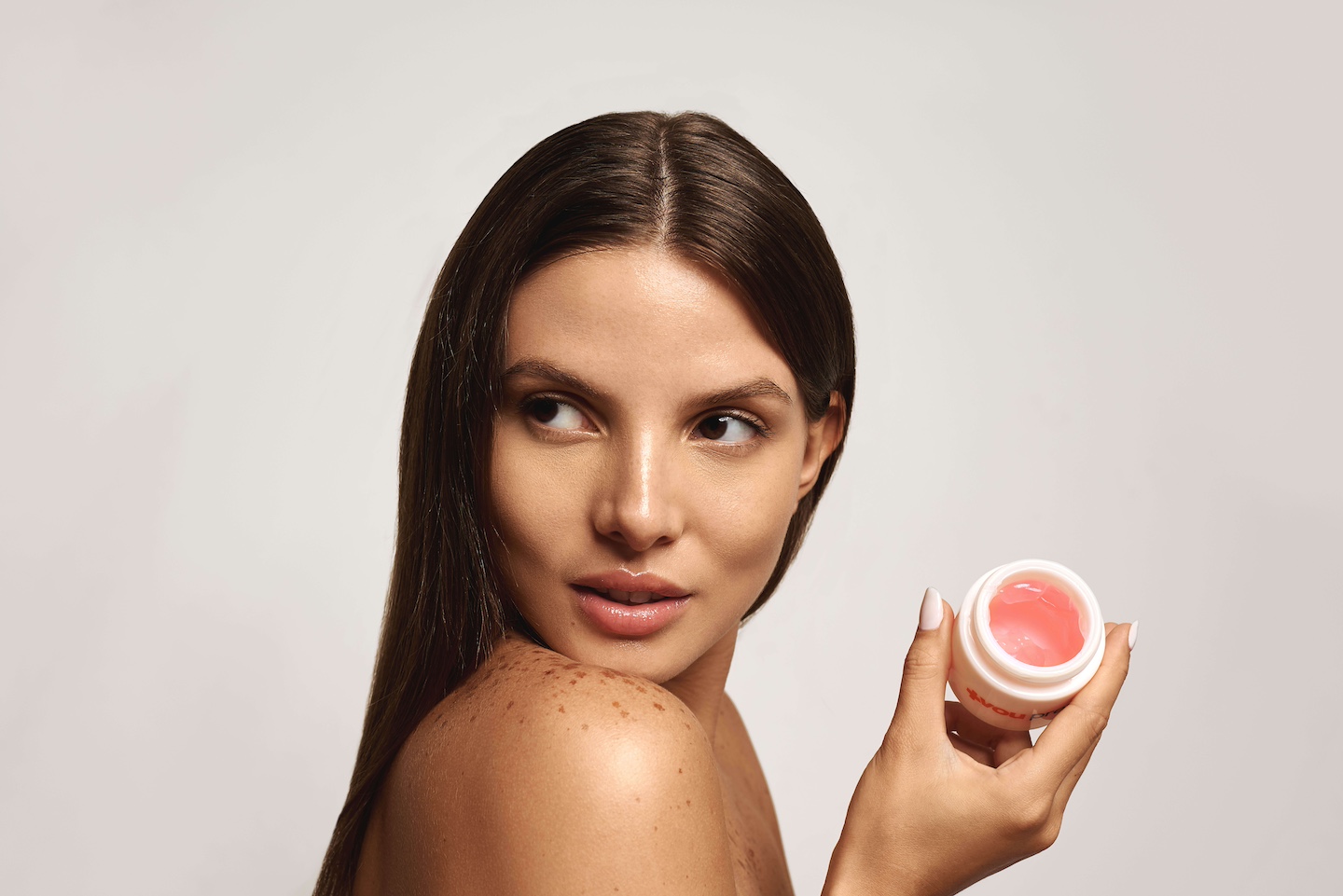
Just like when it comes to harsh cleansers, aggressive exfoliators also quickly disturb the delicate balance of skin bacteria. If you want to prevent this, the same rules apply in terms of keeping things gentle. A product like the Deep Renewal Facial Peel from VouPre will thoroughly exfoliate without altering your skin microbiome.
With that said, even with a gentle exfoliator, make sure you don’t exfoliate too often. Your skin needs time to recuperate in between being exfoliated, so avoid exfoliating daily. Again, exfoliate in line with your skin type. Three times a week should be the maximum for oily skin, twice a week if you have dry skin, or once a week for sensitive skin.
Make the Most of Prebiotic Ingredients
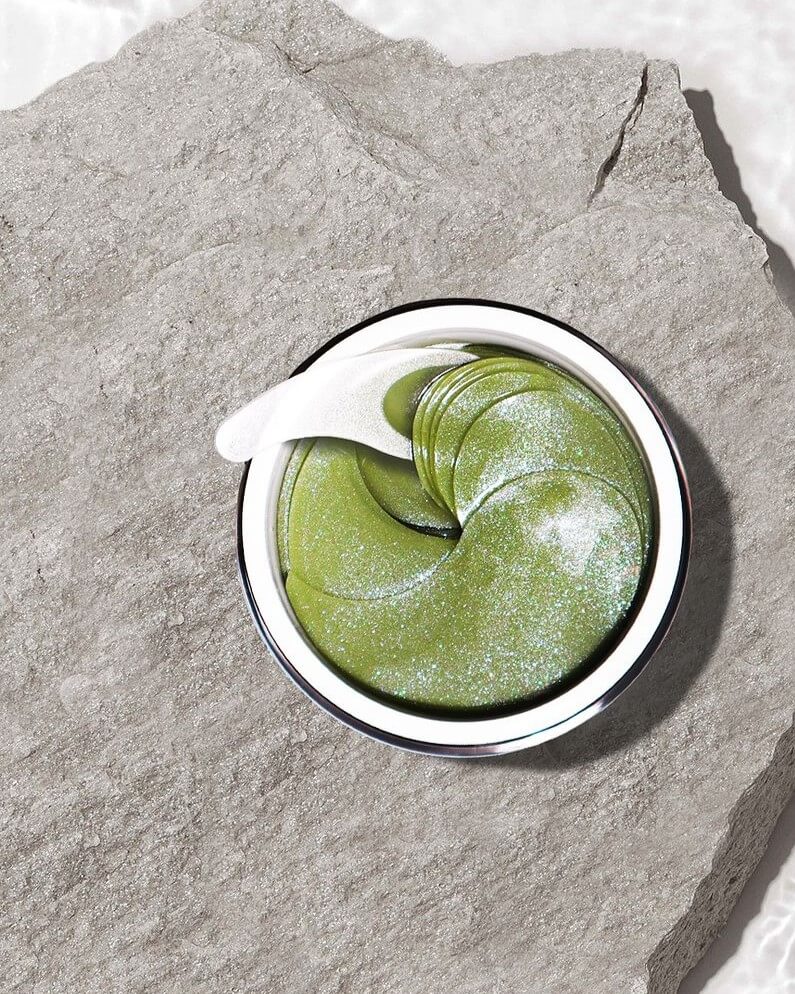
Prebiotics are compounds that feed good bacteria. By providing good skin bacteria with this additional food source, those strains will really flourish, allowing them to take control of your skin microbiome. They’ll outcompete harmful bacteria, which will only lead to good things for your complexion!
Which ingredients offer prebiotic properties? A few, including oat, barley, glycerol, aloe vera, and glucomannan. You’ll find some of these ingredients in various VouPre products, such as the Pure Soothing Eye Jelly Masks Limited Edition and the String Lift Sculpting System.
Keep Your Skin Consistently Hydrated
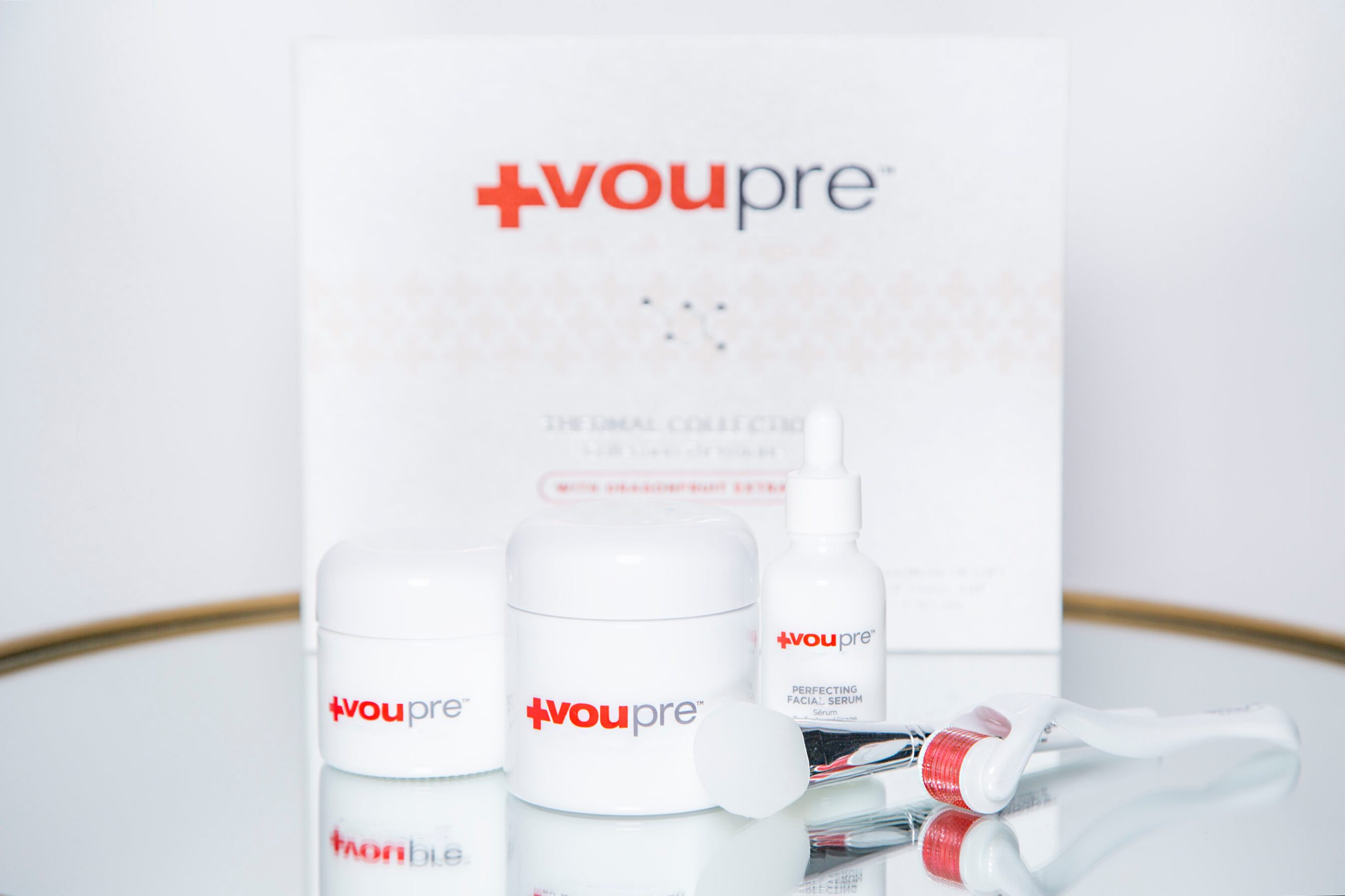
It’s so easy for the skin to become dehydrated. When this happens, not only does your complexion take on a dull and lackluster finish, but your skin microbiome also suffers. Good skin bacteria struggle to thrive, enabling harmful bacteria to take over.
This is why keeping your skin consistently hydrated should be a priority. Make sure that there are plenty of hydrating ingredients sprinkled throughout your skincare routine, as hydration is best provided in layers. Products that offer an intense moisture boost, like the Perfecting Facial Serum from the VouPre Thermal Collection, would also be a good addition to your routine.
Shield Your Skin From the Sun
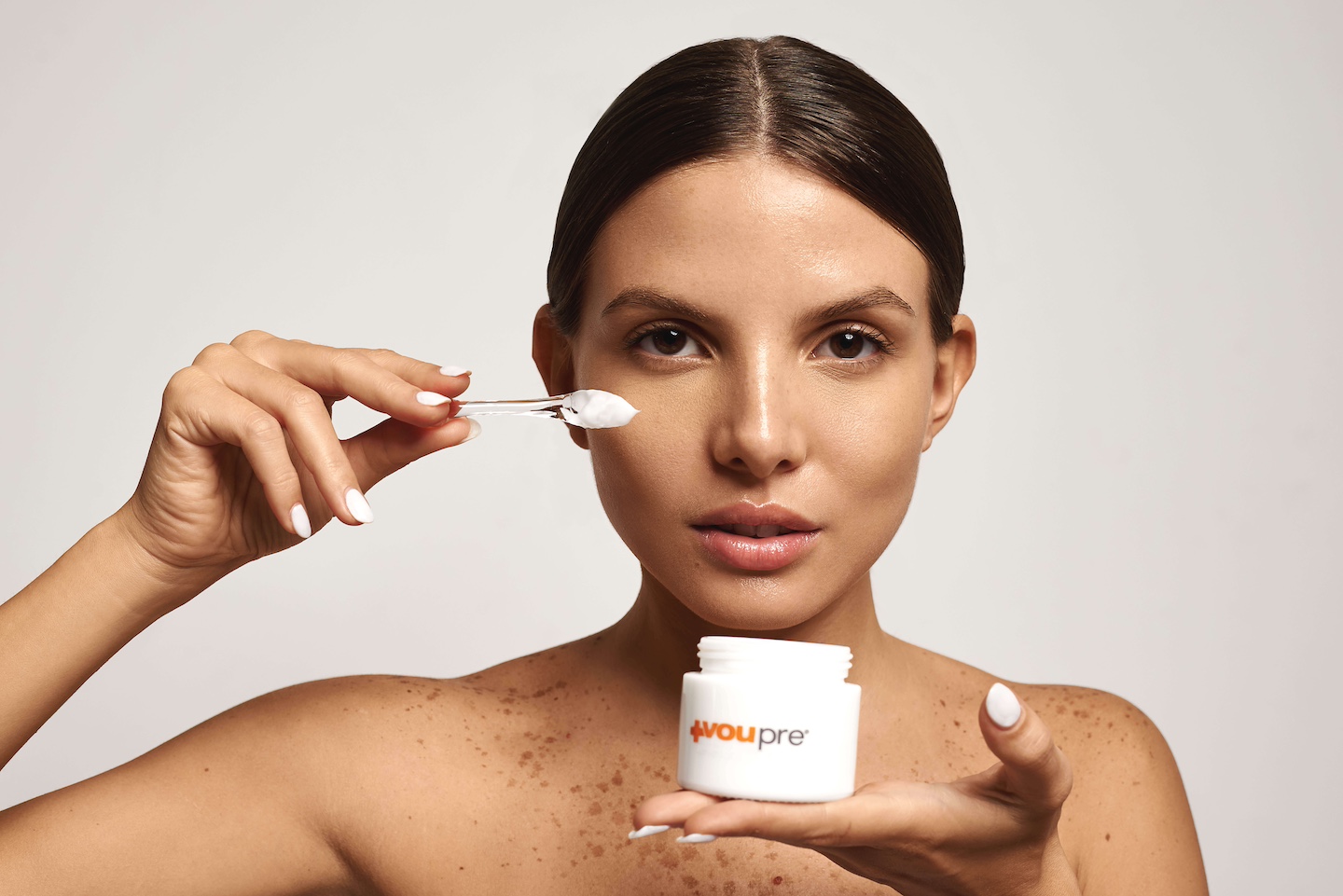
It’s no secret that the sun’s UV rays are harmful to the skin. However, while UV damage is commonly associated with wrinkles and dark spots, few realize that it disrupts the skin’s microbiome too. UV radiation encourages certain harmful bacterial groups to thrive while suppressing several beneficial bacterial strains.
Fortunately, there’s an easy solution to this: keep your skin covered with SPF during daylight hours. Go with an SPF moisturizer, like VouPre’s Age Defense Cream SPF 30, and you’ll be able to bump up your skin’s hydration levels at the same time. Better yet, this cream also contains some ingredients with prebiotic properties, making it one that your good skin bacteria will love!
Keep Your Skin pH Balanced
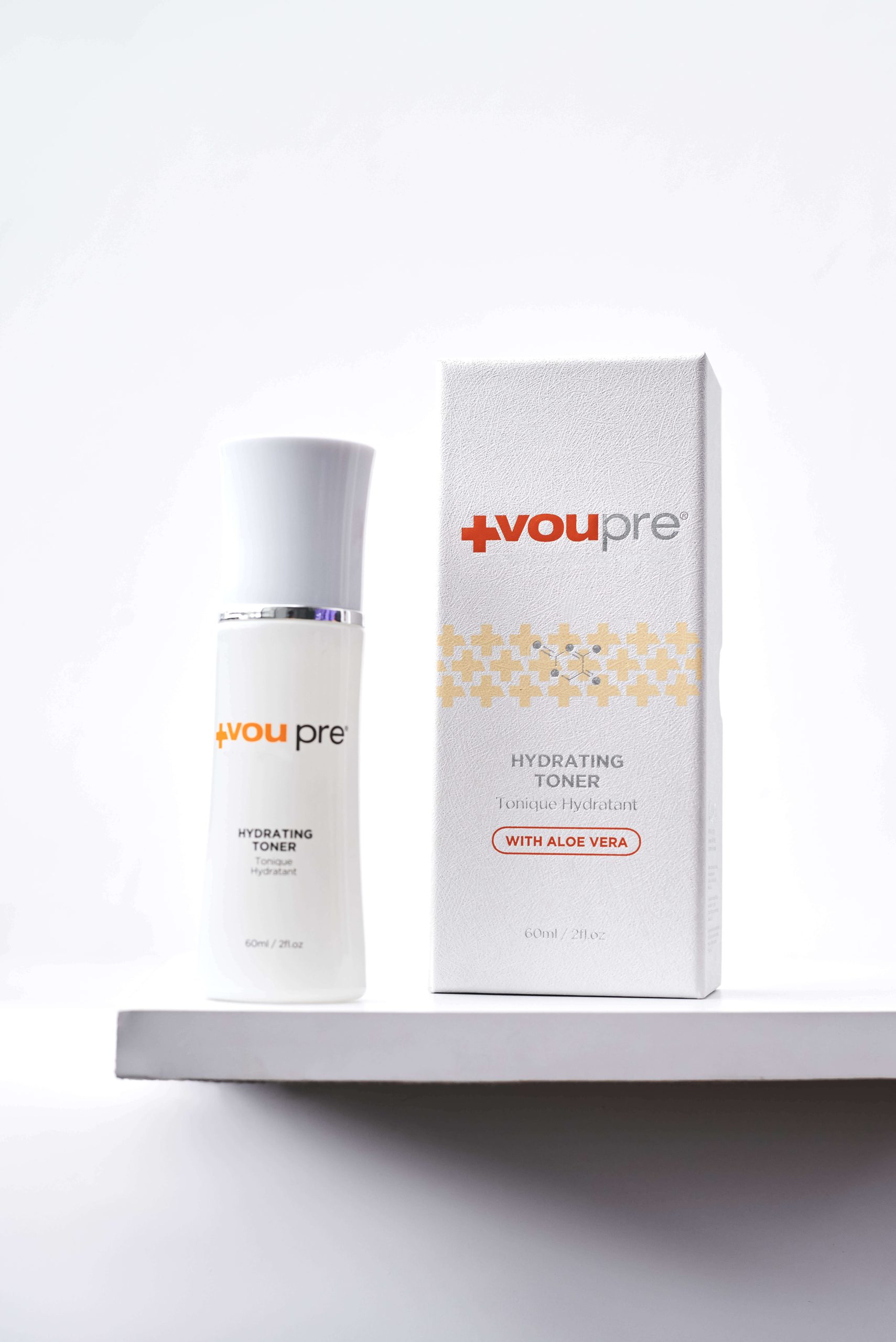
As we mentioned earlier, an imbalance in your skin bacteria will also cause an imbalance in your skin’s pH level, and vice versa. The two are strongly connected, with your skin pH also significantly influencing the integrity of your skin’s natural protective barrier.
Unfortunately, there’s a lot out there that can throw skin pH out of whack, which then has the same impact on skin bacteria. One way to keep your skin pH in balance is with a toner. Applying one after cleansing or exfoliating can help restore balance to your complexion while also providing additional benefits. Take the VouPre Hydrating Toner, for example. Not only will it rectify the pH level of your skin’s surface, but it will also hydrate, soothe, and brighten your complexion.
Stay Away From Antibacterial Products
As you now know, cleansing agents, including those that promise to be antibacterial, aren’t able to distinguish between good and bad skin bacteria. There’s no way to keep that good bacteria in place if you use an antibacterial product.
Since antibacterial products are rarely needed, avoid incorporating any in your skincare routine. Sure, you may need to use an antibacterial hand wash every once in a while, but don’t subject your face to those same harsh ingredients.
De-Stress
Stress affects the skin in many different ways, one of which is by disrupting the skin microbiome. It interferes with that fine balance, which then exacerbates other skin problems.
While it may be easier said than done, learning how to de-stress will have a hugely positive effect on your complexion. There’s no denying that this will take some practice, especially if you have a lot of stressors in your life, but it’s worth doing, for the sake of both your skin and your mental health!
Give Your Gut Microbiome Some Extra Support
Although your skin microbiome may be very different from your gut microbiome, the two are closely connected. A healthy gut microbiome will boost the health of the skin microbiome, and vice versa.
So, if you’re hoping to eliminate bad bacteria while promoting the proliferation of good bacteria on your skin, giving your gut microbiome some extra support will do just that.
How can you do this? The most effective way is to make some dietary adjustments. The microbes on your skin need a variety of different nutrients to thrive, so ensure that your diet contains plenty of diversity. Fermented foods are also great for feeding good gut bacteria. The probiotics within them will also add to the diversity of your gut microbiome. Try to consume more yogurt, kefir, sauerkraut, kimchi, and other fermented delights and both your gut and skin microbiomes will thank you!
Summary
Skin bacteria is a very complex topic, yet it’s one worth familiarizing yourself with. Understanding the difference between good and bad bacteria, as well as how to strike an optimal balance between the two, could really help to bring you the flawless and problem-free complexion you’ve been seeking.
Click here to elevate your skincare routine with more bestselling products from VouPre.


